Corydaline
Corydaline is an alkaloid found in the Corydalis genus, known for its analgesic and sedative properties, and studied for its potential in pain management and neurological disorders.
Overview
Corydaline’s traditional use in herbal medicine, particularly in Asian countries, has prompted scientific research into its mechanisms of action and potential therapeutic applications. Its ability to modulate pain perception and inflammation makes it a candidate for further study in the development of novel treatments for various conditions.
Corydaline Key Features
– Natural Source: Derived from the roots of Corydalis plants.
– Bioactivities: Known for its analgesic, sedative, and anti-inflammatory properties.
– Mechanisms of Action: Thought to interact with the central nervous system by modulating neurotransmitter activity.
Corydaline Applications
– Pain Management: Investigated for its potential to alleviate pain through central nervous system actions.
– Sedation: May have sedative effects, useful in treating insomnia and anxiety.
– Inflammatory Conditions: Its anti-inflammatory properties suggest a role in treating conditions characterized by inflammation.
Corydaline Functions
– Neurotransmitter Modulation: Corydaline may influence the activity of neurotransmitters, contributing to its analgesic and sedative effects.
– Inflammation Reduction: It could potentially reduce inflammation by modulating related pathways, offering relief in various inflammatory diseases.
– Pain Perception Influence: By affecting the central nervous system, corydaline may alter the perception of pain, providing a basis for its use in pain management.
Details
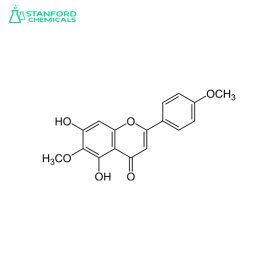
| Available Sizes | 30 capsules, 60 capsules, 120 capsules |
|---|---|
| Key Ingredient | High-quality, pure Pectolinarigenin extract |
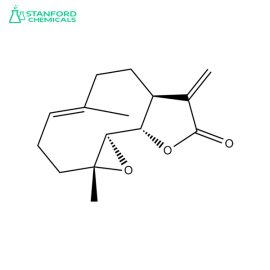
| Available Sizes | 30 capsules, 60 capsules, 90 capsules |
|---|---|
| Key Ingredient | High-quality, pure Parthenolide extract |

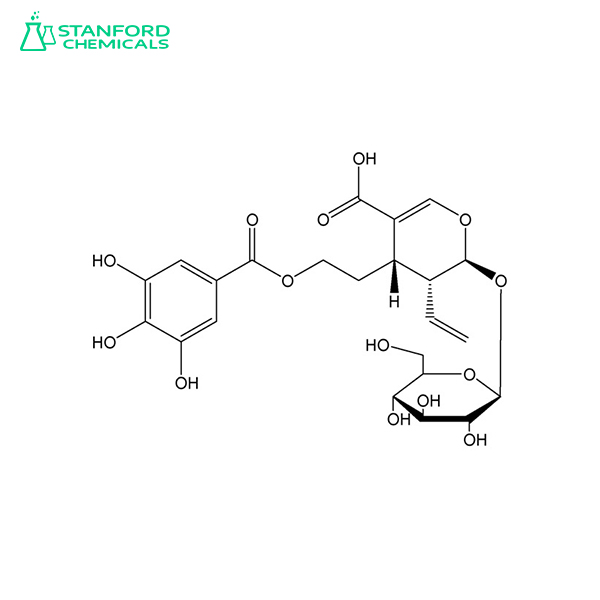
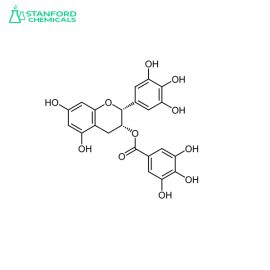
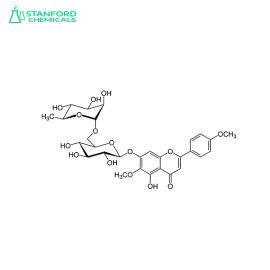
Reviews
There are no reviews yet.